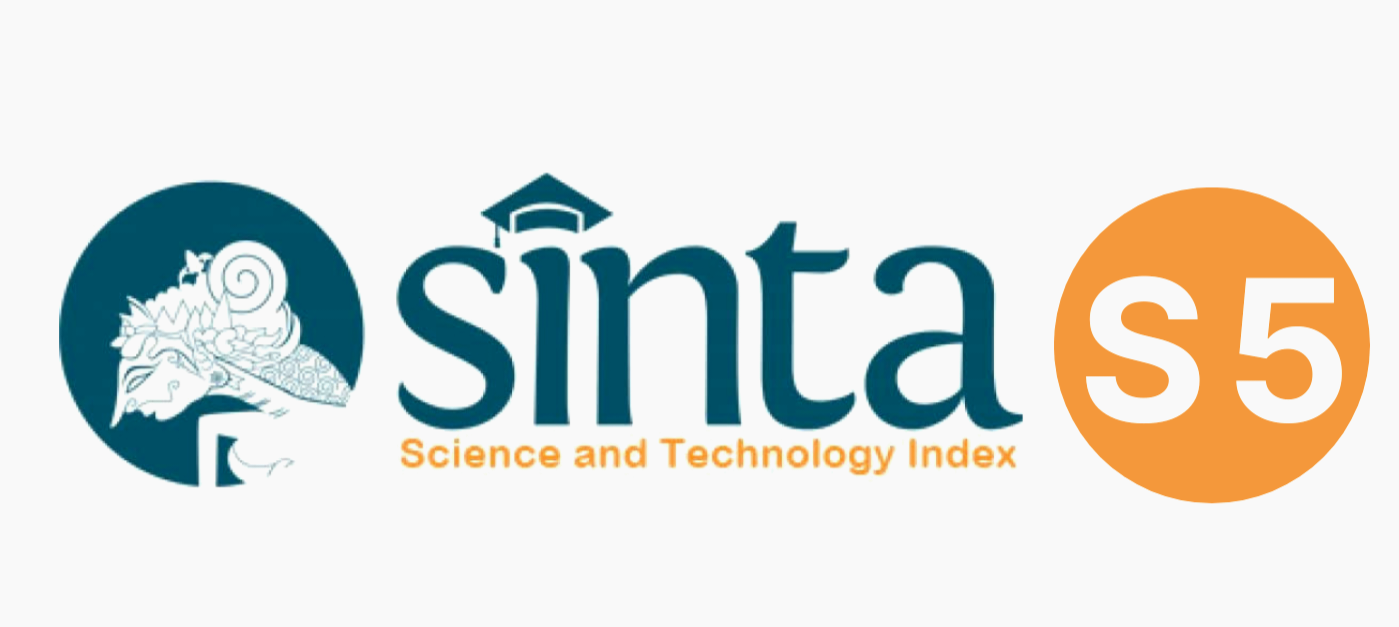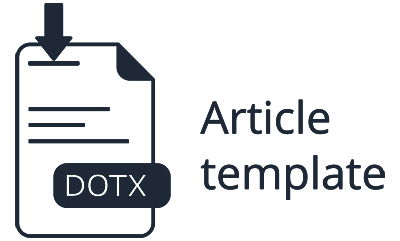Pengaruh Tekanan, Kesempatan, dan Rasionalisasi Terhadap Kecurangan (Fraud) Laporan Keuangan
Abstract
This study aims to determine the effect of pressure, opportunity, and rationalization on fraud on financial statements. The type of data in this study is secondary data obtained from the Indonesian Brsa Efek (IDX) website. The population of this study is in transportation sub-sector companies listed on the IDX. The sampling method uses purposive sampling with the number of samples obtained, which is 9 samples in this study. The population of this study is in transportation sub-sector companies listed on the IDX. The sampling method uses purposive sampling with the number of samples obtained, which is 9 samples in this study. The analysis technique used is panel data regression. The results of this study show that pressure has a positive effect on financial statement fraud, opportunity has a positive effect on financial statement fraud, and rationalization has a negative effect on financial statement fraud.
References
ACFE. 2018. Report To The Nations. https://www.acfe.com/report-to-the-nations/2018/.
Akbar, T. (2017). The Determination of Fraudulent Financial Reporting Causes by Using Pentagon Theory On Manufacturing Companies In Indonesia. International Journal of Business, Economics and Law.
Beneish, D. M., Lee, M. . C., & Nichols Craig D. (2012). Fraud Detection and Expected Returns.
Beneish, M. D. (1999). The Detection of Earnings Manipulation. Financial Analysts Journal. https://doi.org/10.2469/faj.v55.n5.2296
Fitri, F., & Nadirsyah, N. (2020). Pengaruh Tekanan (Pressure), Kesempatan (Opportunity), Rasionalisasi (Rationalization), Dan Kapabilitas (Capability) Terhadap Kecurangan Pengadaan Barang/Jasa Di Pemerintahan Aceh Dengan Pemoderasi Budaya Etis Organisasi. Jurnal Ilmiah Mahasiswa Ekonomi Akuntansi, 5(1), 69–84. https://doi.org/10.24815/jimeka.v5i1.15437
Hormati, G. A., & Pesudo, D. A. A. (2019). Pengaruh Tekanan, Kesempatan, Rasionalisasi Dan Kemampuan Terhadap Kecenderungan Aparatur Sipil Negara Dalam Melakukan Kecurangan Akuntansi Studi Empiris Satuan Kerja Perangkat Daerah Kabupaten Bolaang Mongondow Timur. Jurnal Ilmiah Akuntansi Dan Humanika, 9(2), 172–190.
Indriani, N., & Rohman, A. (2022). Fraud Triangle dan Kecurangan Laporan Keuangan Dengan Model Beneish M-Score. Jurnal Akuntansi Bisnis, 20(1), 85–104. https://doi.org/10.24167/jab.v20i1.4367
Jensen, M, C, dan Meckling, W., H. (1976). Theory of The Firm: Managerial Behavior, Agency Costs and Ownership Structure. Journal of Financial Economics, 3.
John Tirtawirya, M., & Riyadi, S. (2021). Pengaruh Segitiga Kecurangan untuk Mengidentifikasi Kecurangan Laporan Keuangan Menggunakan Variabel Moderasi Penerapan Integrasi Teknologi Industri. Jurnal Akuntansi, Keuangan, Dan Manajemen, 2(3), 179–194. https://doi.org/10.35912/jakman.v2i3.108
Kusumaningrum, A. W., & Murtanto. (2017). Analisis Pengaruh Fraud Diamond Dalam Mendeteksi Kecurangan Laporan Keuangan. Seminar Nasional Dan Call Paper Fakultas Ekonomi UNIBA Surakarta, (ISBN: 978-979-1230-36-0).
Priswita, F., & Taqwa, S. (2019). Pengaruh Corporate Governance Terhadap Kecurangan Laporan Keuangan. Jurnal Eksplorasi Akuntansi, 1(4), 1705–1722. https://doi.org/10.24036/jea.v1i4.171
Rahma, D. V., & Suryani, E. (2019). Pengaruh Faktor-Faktor Fraud Triangle Terhadap Financial Statement Fraud. Jurnal ASET (Akuntansi Riset), 11(2), 301–314. https://doi.org/10.17509/jaset.v11i2.17926
Skousen, Christopher J., Kevin R. Smith, Charlotte J. Wright. 2009. Detecting and Predicting Financial Statement Fraud: The Effectiveness of The Fraud Traingle and SAS No. 99. http://ssrn.com/abstract=1295494
Suryandari, N. P. E., Wahyuni, M. A., & Julianto, I. P. (2019). Pengaruh Tekanan, Kesempatan, Rasionalisasi (Triangle) dan Efektivitas Penerapan Pengendalian Internal Terhadap Tindak Kecurangan (Fraud) (Studi pada LPD Se-Kecamatan Negara). Jurnal Ilmiah Mahasiswa Akuntansi, 10(1), 1–10.
Suwena, K. R. (2021). Tekanan, Kesempatan, dan Rasionalisasi Pemicu Tindakan Kecurangan (Fraud) pada Perusahaan. Jurnal Ilmiah Akuntansi, 6(1), 102. https://doi.org/10.23887/jia.v6i1.31540
Tiffani, L. (2015). Deteksi Financial Statement Fraud Dengan Analisis Fraud Triangle Pada Perusahaan Manufaktur Yang Terdaftar Di Bursa Efek Indonesia. JAAI Volume 19 No.12, Desember 2015: 112-125.
Utomo, L. P. (2018). Kecurangan Dalam Laporan Keuangan “Menguji Teori Froud Triangle.†Jurnal Akuntansi Dan Pajak, 19(1), 77. https://doi.org/10.29040/jap.v19i1.241
Wahyuninngtias, F. (2016). Analisis Elemen-elemen Fraud Diamond Sebagai Determinan Finansial Statement Fraud Pada Perusahaan Perbankan di Indonesia. Tesis Universitas Airlangga. http://repository.unair.ac.id/55264/19/Tesis_Fauziah_W_1-min.pdf
Warshavsky, M. (2012). Analyzing Earnings Quality As A Financial Forensic Tool. Financial Valuation and Litigation Expert Journal, (39), 18.
 Abstract viewed = 73 times
Abstract viewed = 73 times
 PDF (Bahasa Indonesia) downloaded = 58 times
PDF (Bahasa Indonesia) downloaded = 58 times





